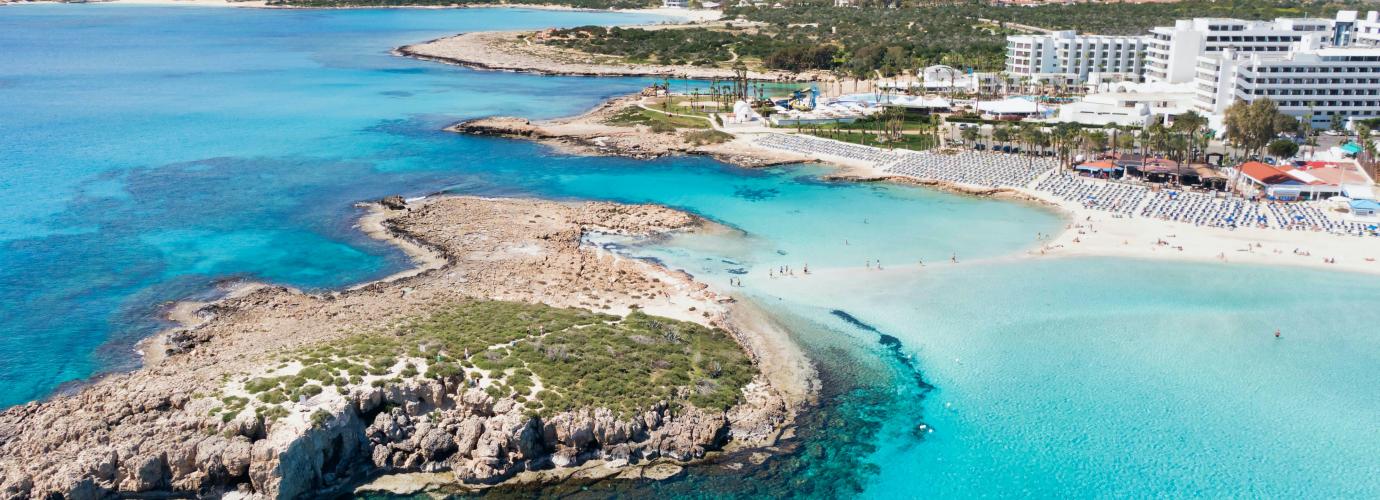Organization chart of Primary education management headed by the director of Primary education
The structure of the Department and the responsibilities of those in charge are provided.
Geographical accessibility
Public primary schools operate in all towns and in villages with more than fifteen pupils. Where there are communities with fewer than fifteen pupils, regional (περιφερειακά) schools are established. The cost of transportation to regional schools is met by the government. The provision of either subsidized or free transport is covered in Law 24(I)/1993. There is no provision for flexible school hours for pupils living in less populated areas.
Admission requirements and choice of school
Admission to a public primary school is based on the child’s age. No child is accepted to be enrolled in a primary school before reaching the age of 6 years. Delayed enrolment is also very rare and it can only be decided, usually for reasons of special needs, by the Ministry of Education and Culture.
Parents or guardians are not free to enroll their children in public schools of their choice. Instead, it is regulated that children must enroll in the school that belongs to the educational area nearest to their home. Educational areas are decided by the Council of Ministers on the basis of the geographical distribution of the population. Only under particular circumstances will the Ministry of Education and Culture consider giving permission for enrolment in a primary school in a different educational area.
Age Levels and grouping of pupils
Pupils are grouped in classes on the basis of age. The minimum age of pupils on 1 September of the academic year in each grade is as follows:
● Grade 1: 6 years;
● Grade 2: 7 years;
● Grade 3: 8 years;
● Grade 4: 9 years;
● Grade 5: 10 years;
● Grade 6: 11 years.
The minimum age of pupils for the academic year 2021-2022 is 6 years old.
For administrative reasons, most of the larger schools in urban areas are divided into two Cycles, Cycle A comprising grades 1-3 and Cycle B comprising grades 4-6. In schools with more than one class per grade, classes are formed according to the maximum class size, which is 25 for all grades and 20 for multi-grades. This class size figure is consistent for all subjects except for Design and Technology and Home Economics. For these lessons, the classes are divided into two groups.
Generally, the same teacher provides instruction in all subjects for his/her class, although it is possible, in large primary schools in urban areas, that a ‘specialist’ teacher will teach certain curriculum subjects, such as Physical Education, Music, Art, Design and Technology, or Home Economics.
What class a teacher will teach during the next academic year depends on the circumstances in the school and the wish of the teacher. There are no regulations governing this issue by the Ministry of Education and Culture. Decisions of this sort are taken at the school level according to the individual circumstances.
Organization of the school year
The school year in public primary schools commences on 1 September and ends on 31 August of the following year. The total number of working days per year is 180. The school year for teachers begins on the first Monday of September and ends one week before the last Friday of June. Classes begin on the first Thursday after the first Monday of September and end on the Wednesday before the penultimate Friday in June each year.
For organization and planning purposes, the school year is divided into three terms, as follows:
- First term: Beginning of classes until the Christmas holidays;
- Second term: End of the Christmas holidays until the Easter holidays;
- Third term: End of the Easter holidays until the end of classes in June.
During the school year, there are the following holidays:
- Two weeks at Christmas;
- Two weeks at Easter;
- Eleven days for public, national or religious holidays.
Some separate religious holidays are celebrated by the Maronite religious group.
Organization of the school day and week
The timetable and curriculum for all public primary schools are decided by the Council of Ministers based on proposals provided by the Ministry of Education and Culture. The timetable is the same for all schools, but the time allocated to each subject varies in accordance with the school type in terms of the number of teachers of the school. New curricula and timetables are being applied since the present school year 2011/2012 in primary education.
According to the new timetables, all public primary schools run for five days a week, from Monday to Friday. Classes begin at 7.45 a.m. and end at 1.05 p.m., except for the case of all-day schools where classes end at 4.00 p.m. Pupils attend lessons for 35 periods each week, with each day divided into seven teaching periods and three breaks. The first six periods of the day are of 40 minutes each, while the last period is of 35 minutes. The three breaks a total of 45 minutes.
The periods allocated to each subject are prescribed by the Ministry of Education and Culture while drawing up the daily schedule is the responsibility of each individual school. There is no out-of-hours provision, either before or after lessons. The school premises are used for one single group a day.
Organization of athletics competitions for Primary Schools
The Ministry of Education, Sports and Youth has announced on January 21, 2023 that the athletics competitions for Primary Schools will be organized during the year 2022-2023.
In particular, from this school year the provincial competitions will start, as well as the all-Cyprus track and field competitions for primary school students.
Judging by the latest outstanding performances of our country's student athletes in the Global High School games in France, in other similar sports events, and the successes of Cyprus sports in international events in the last two years, there are very good prospects for exploiting and expanding sports.

